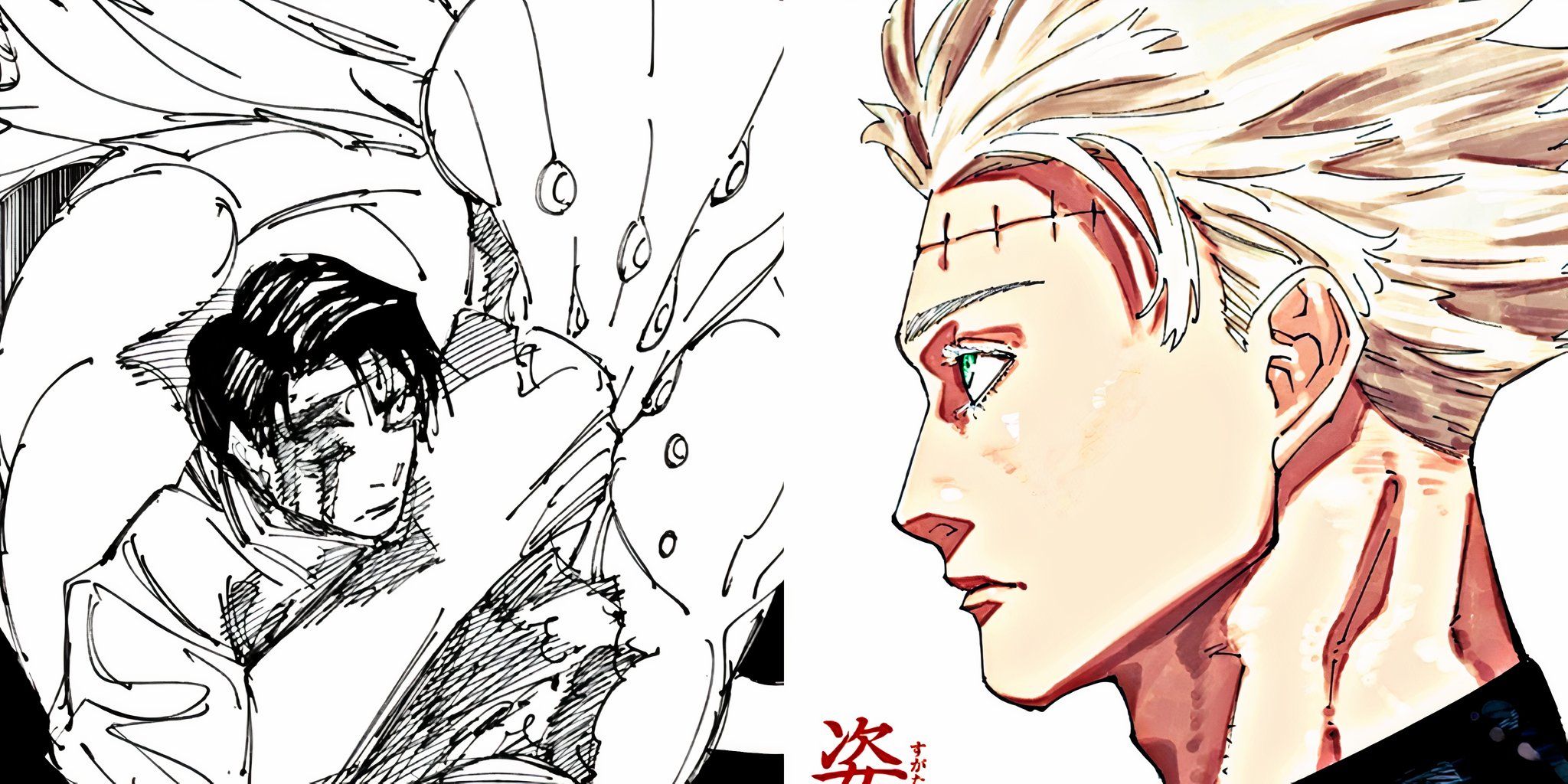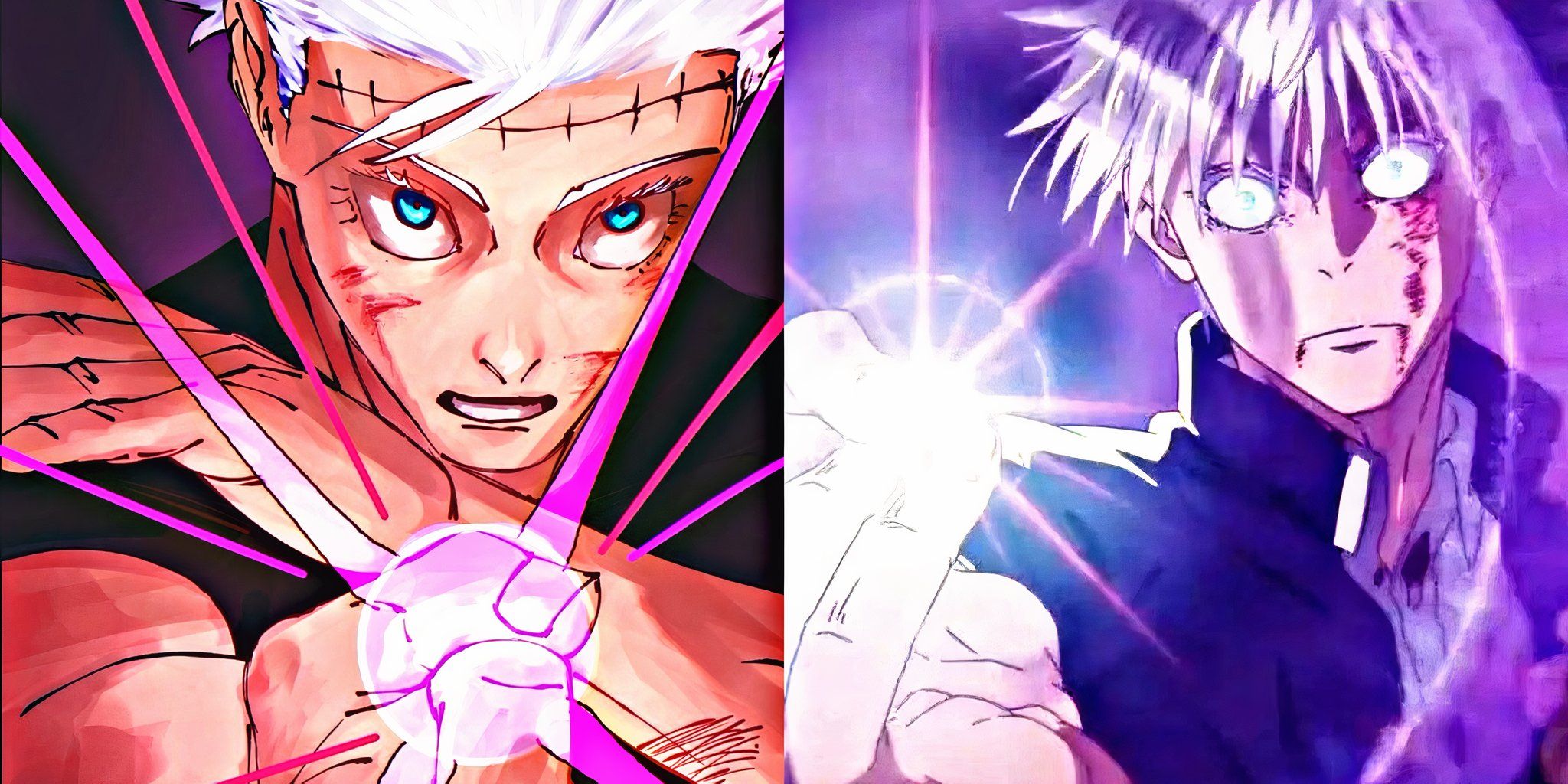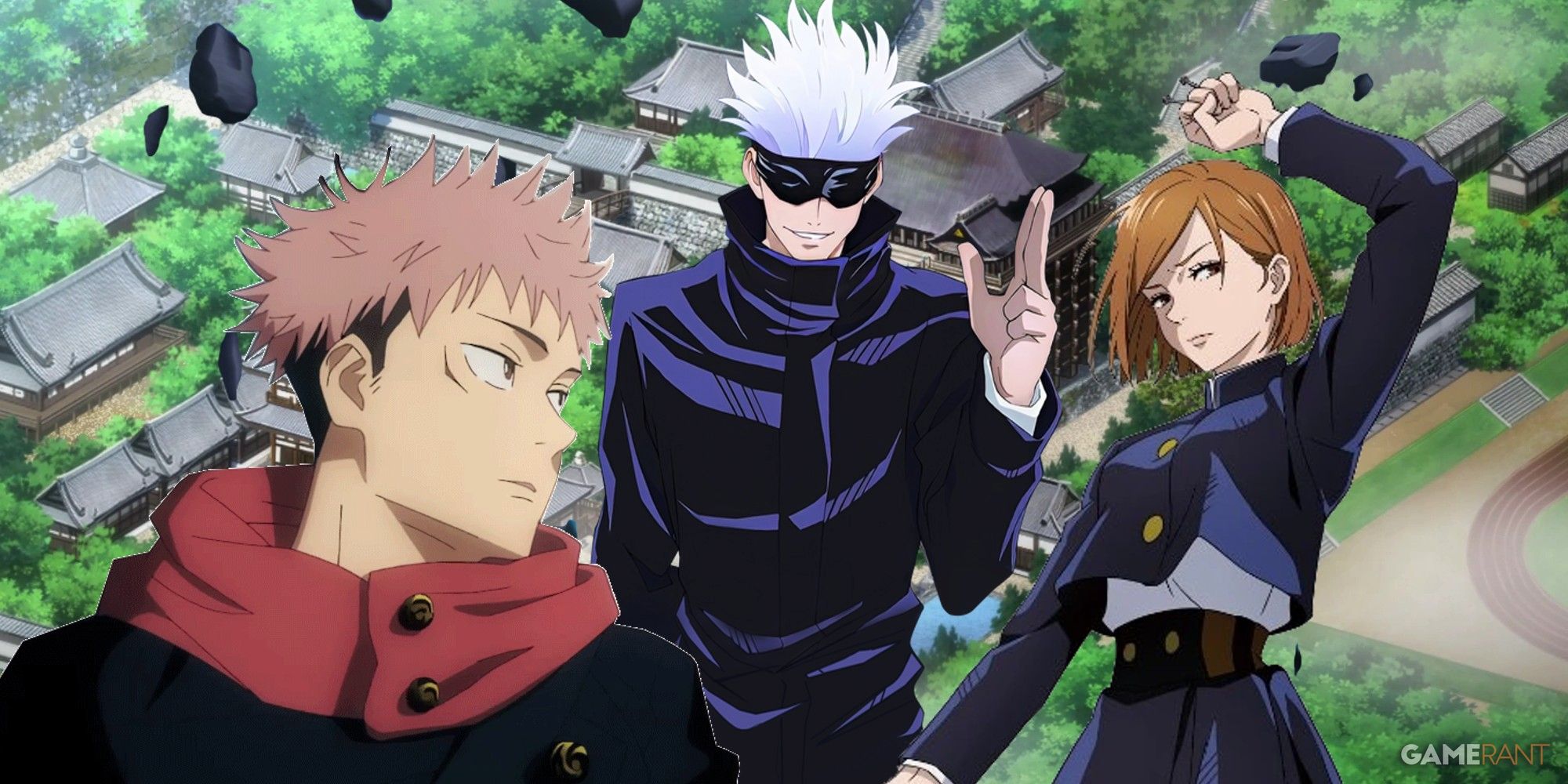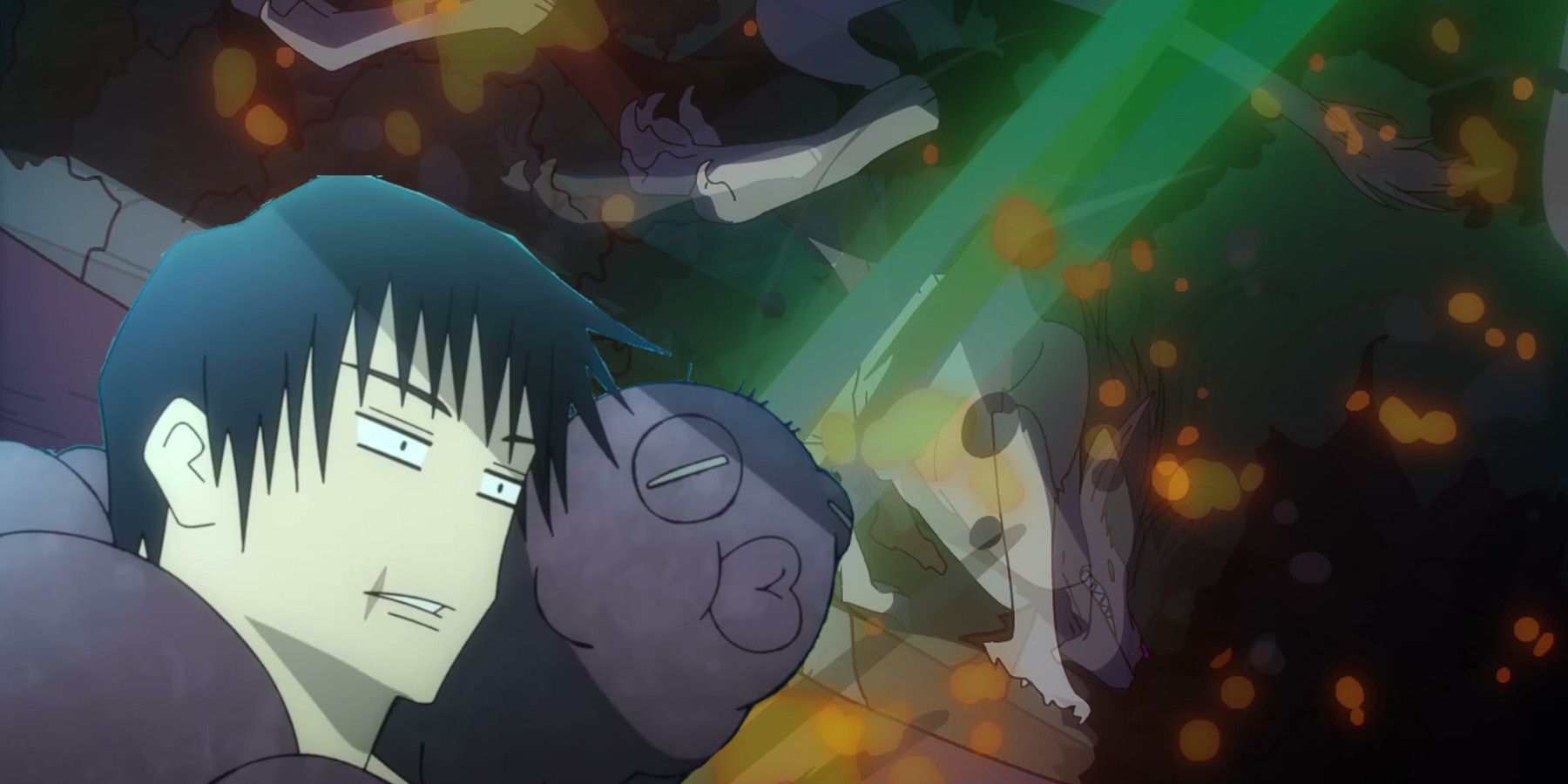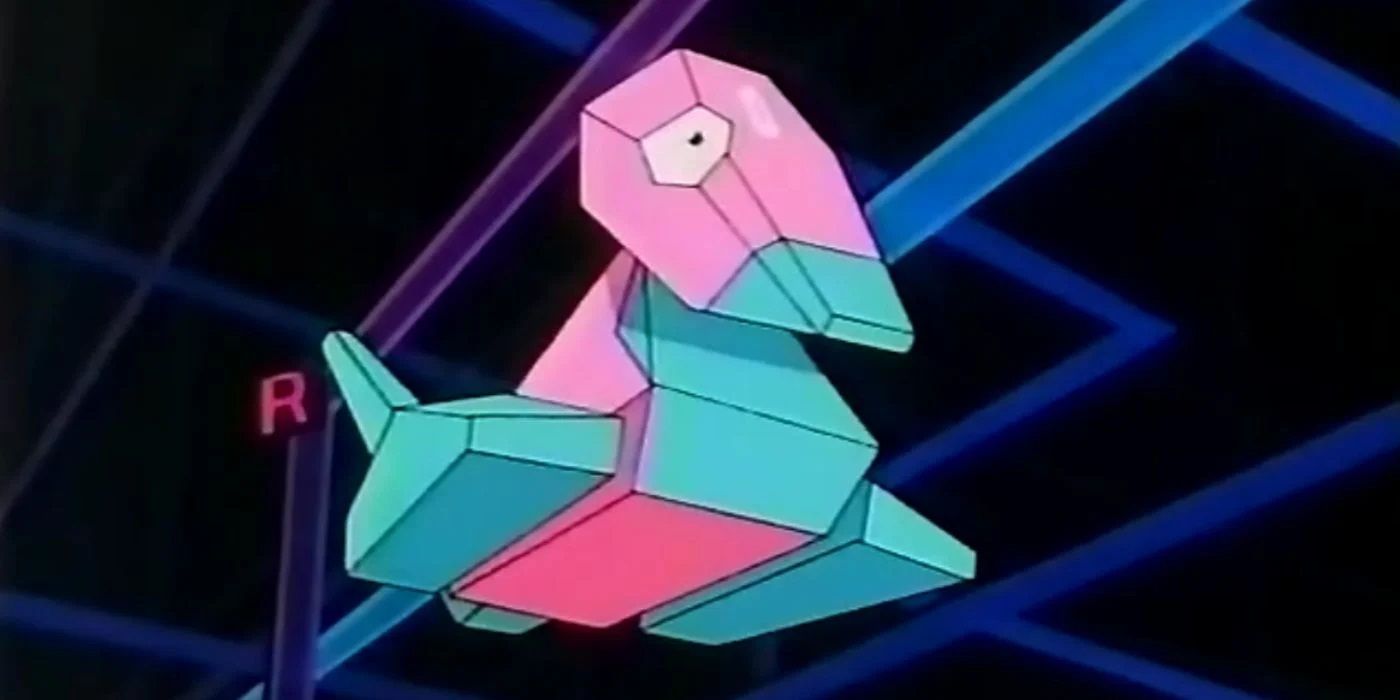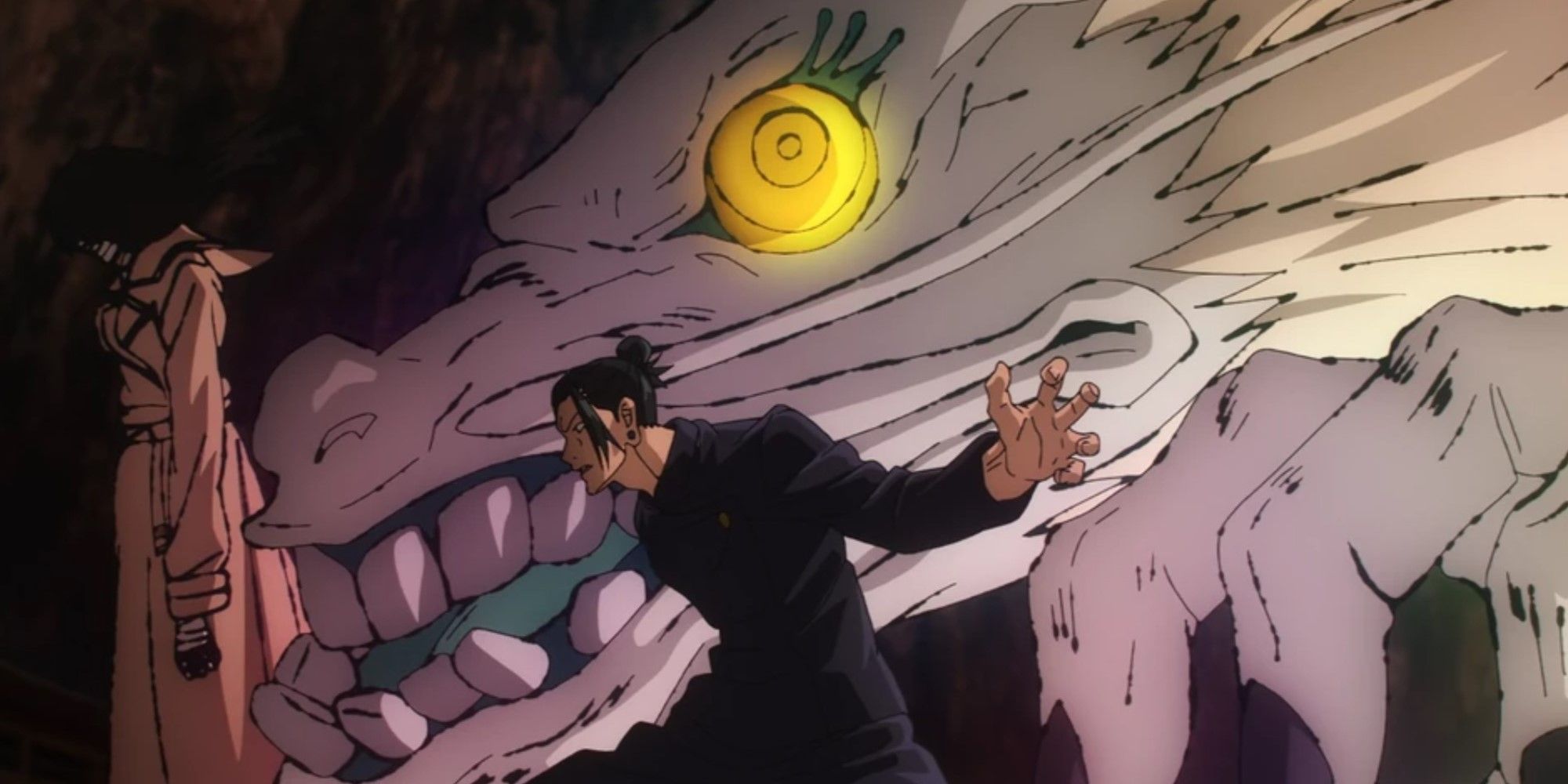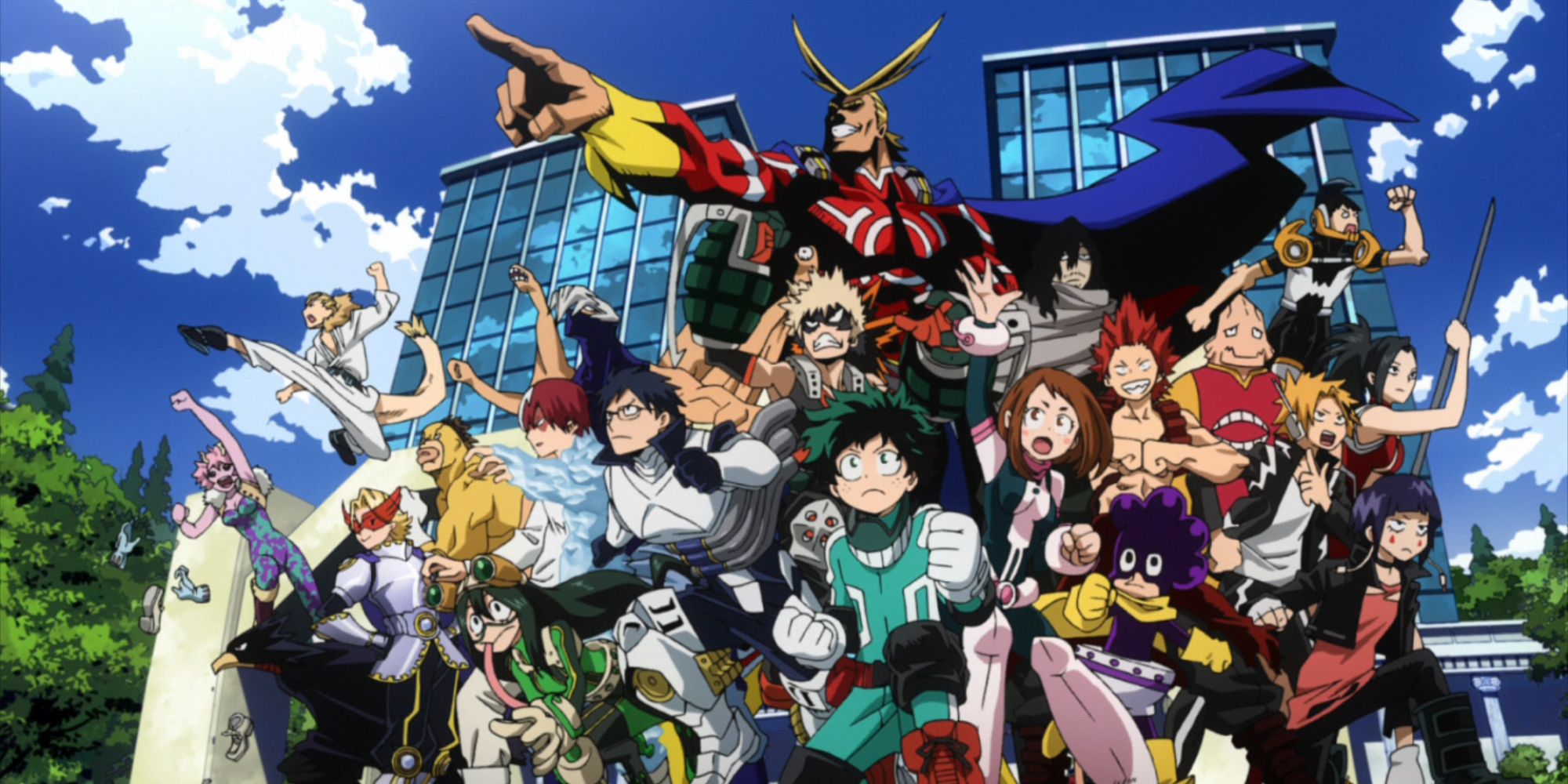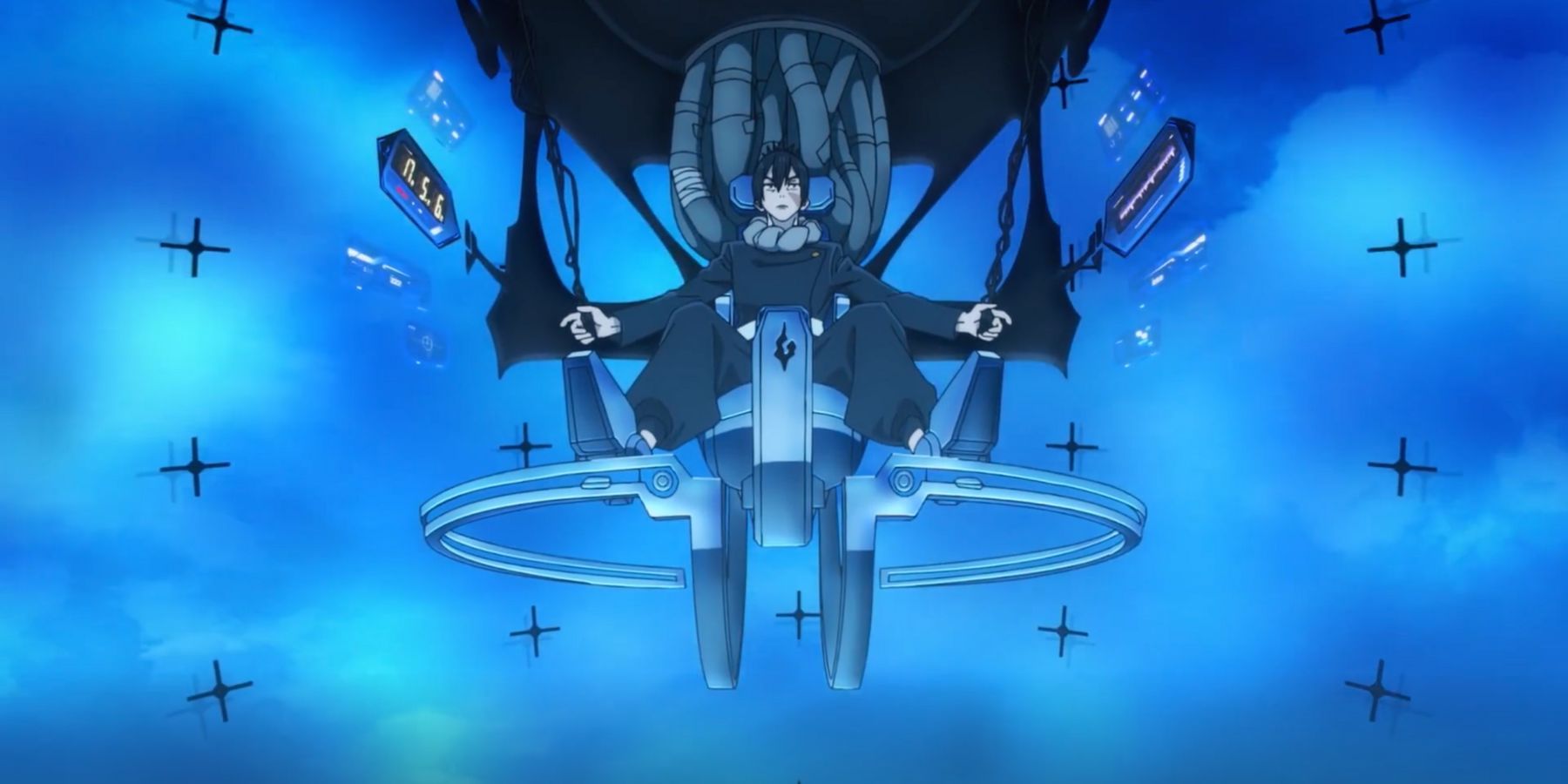Highlights
- Recent episodes of Jujutsu Kaisen have been negatively affected by the regulatory measure of ghosting, making it difficult to see the most hyped moments due to lowered brightness and frames blending together during fast-paced action scenes.
- Ghosting is a result of TV broadcast regulations in Japan aimed at preventing epilepsy triggers, but it has had a significant impact on the visual quality of modern TV anime. This regulation was implemented after a controversial episode of Pokemon in 1997 caused hundreds of children to be hospitalized due to strobe effects.
- The streaming versions of anime on platforms like Crunchyroll often include the dimming and ghosting effects that are only meant for TV broadcast in Japan. Viewers who want a higher quality, unedited version of an episode can wait for the Blu-ray release. The un-ghosted cuts of certain anime can be found on sites like Sakugabooru and demonstrate the stark difference in quality.
Jujutsu Kaisen is one of the biggest anime series in recent memory, so it's a shame to see that the discussion of new episodes hasn't been as favorable, but it's not completely the show's fault. In fact, some of the recent fight scenes have fallen victim to an age-old regulatory measure that - as this piece will demonstrate - has sapped the joy out of a lot of TV anime: ghosting. On September 7, 2023, Episode 31 of Jujutsu Kaisen graced audiences with an episode whose first half was filled to the brim with references to mecha greats like Evangelion and Gurren Lagann. Unfortunately, a lot of the most hyped moments were made difficult to see no thanks to the lowered brightness and the way that frames were blending into one another as the pace of action increased.
These two phenomena are called "dimming" and "ghosting," respectively, typically referred to in unison by the latter term. Ghosting is the result of TV broadcast regulations in Japan meant to avoid triggering epilepsy in viewers. Sometimes the effect can be minor to the point that many viewers might not even notice it, but at other times, it can stick out like a sore thumb. For those who've never heard the term until recently, its origin might ring a bell.
Pokemon's Porygon Problem
Way back in 1997, the 38th episode of season 1 of Pokemon aired, in which a computer Pokemon named Porygon assists Ash and his friends against a computer virus. The aftermath is what is really important, as the strobe effects used within the episode caused hundreds of children to be hospitalized. Long story short, the episode was permanently banned (read more about the incident and the rumors about an English dub for this episode here).
Not only did this episode forever change the way Pokemon was broadcast, but the regulations put in place by Japan's government changed the way anime as a whole. When one looks back at anime prior to this controversy, it's actually crazy how many anime used strobe effects to accentuate the action.
Characters would wind up huge attacks against a bright white backdrop that was constantly flashing, and this effect has - quite understandably - ceased in recent decades. Examples that come to mind are 1993's Ninja Scroll, 1989's Gunbuster, or even classics like 1995's Evangelion, to name VERY few. One gets the sense that anime - and a lot of media for that matter - was vastly ignorant of the dangers of epilepsy.
Frankly, if it were just a matter of removing some unnecessary strobe effects (or at the very least putting warnings before episodes) this story would be far different. Were it not for the regulations, one would be tempted to say these effects would have faded in time by virtue of their obnoxiousness, alone. The problem is in how these regulations have gone on to impact a lot of modern TV anime.
Overcorrection; Paywall To Pretty Things
Sometimes, an episode of a new anime will feature a cut that features particularly bright light or exceptionally fast-paced animation. In these instances, episodes might end up being dimmed and ghosted during their initial broadcast, and unfortunately, these versions are the ones that end up on streaming services in the West like Crunchyroll.
Obviously, some fans might wonder why the streaming version has to be burdened with the ghosting that only exists on TV in Japan thanks to their regulations. However, the biggest reason for this actually makes a lot of sense from a business standpoint; if viewers want the unedited, pristine version of the episode, they just need to wait for the Blu-ray.
This is why the streaming versions found on services like Crunchyroll can be of lower quality compared to the version on Home Video. Furthermore, when Crunchyroll adds a series to their service that already has a Blu-ray release, the quality can be leagues above what it might have been. This is what happened with Season 1 of Kekkai Sensen, and subsequently why Season 2, which was simulcast on the service, is riddled with scenes that are ghosted.
Notable Offenders
One only needs to look at the official clips available online versus the un-ghosted cuts on sites like Sakugabooru to really absorb the sheer difference in quality. The aforementioned Kekkai Sensen & Beyond featured some of Yutaka Nakamura's most insane work in years, but the TV versions pale in comparison to the BD releases. Watch the below clip and then look at the clean version here. [Clip 1] [Clip 2]
Some parts are definitely more egregious than others, but pay mind to just how dark the screen can get. A much more potent example may be the fight between Izuku Midoriya and Overhaul from Season 4 of My Hero Academia. The official clip of this fight is actually no longer available on Crunchyroll's main YouTube channel, but this clip from their Spanish channel serves the same effect. Just look at the quality of the TV edit versus this clip from the Blu-ray.
And then there's none other than Jujutsu Kaisen, and if the above examples seem minor or not all that obtrusive to the viewing experience, then Episode 31 has got to be the straw that broke the camel's back [note: clip may be subject to change once Blu-ray has been released]. Episode 32 hasn't fared much better, and that one was already struggling with its animation to begin with.
Among the sakuga community, ghosting was already a point of discussion since the start of Season 2, though to a far more negligible degree. At worst, it was good animation that would be even better at a later date. Mostly, it was a matter of frames bleeding into one another, leaving the faded traces of prior frames, hence the term "ghosting." In this clip from Episode 28, it's hardly even noticeable to a casual viewer.
The Potential Lesson
Ghosting has always been an annoyance, but something about the recent discourse feels like a particularly teachable moment. There can be a lot of misinformation about how anime gets made, so the community has seen fit to educate people. Jujutsu Kaisen's recent struggles were significant enough that the term is a much larger part of anime fans' vocabularies, which is good because it changes where the blame is directed.
If people are aware of what the term means and its history, it's a lot easier to give the animators credit for what they managed to achieve despite limitations. Now, the common sentiment on Episode 31 is "Yeah the ghosting sucked, but the animation team did a great job." It's unlikely that international backlash will have an effect on Japan's TV broadcast regulations, but a larger discussion feels more possible than before.
Ghosting truly is the bane of TV anime, and most notably, the exceptional work of animators whose moments to shine brightly and boldly were crippled unfairly. This measure was designed to prevent seizures, yet few would argue that the unedited versions of many of the cuts discussed above were flashy enough to trigger epilepsy. At the very least, audiences would attest that ghosting need not be so noticeable and that the cost of it is needlessly high.
